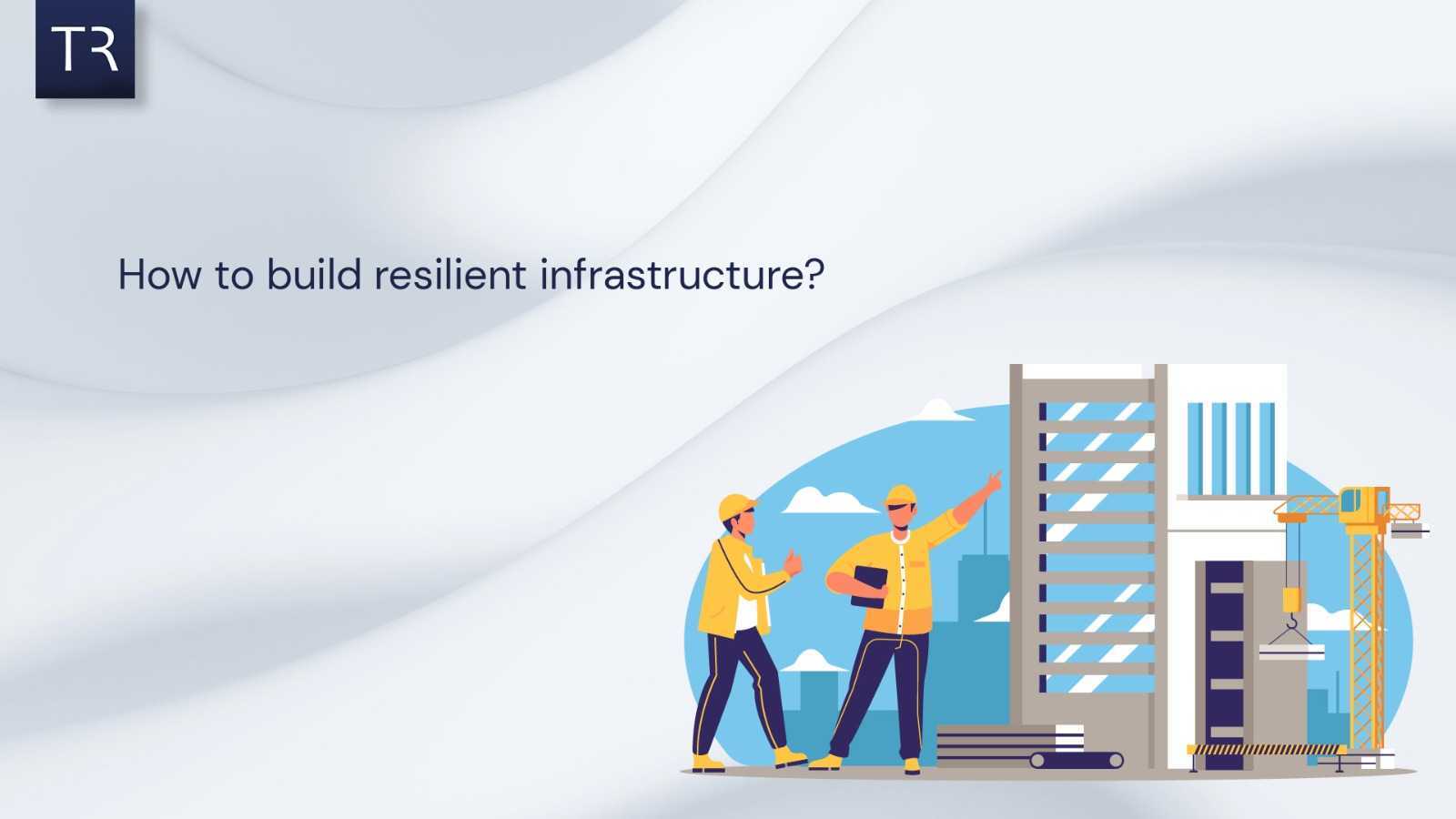Physical address:
573 Hutchinson Ln, Lewisville, TX 75077, USA.
In today’s world, resilient infrastructure is important in natural disasters, cyberattacks and operational disruptions. Whether it is a transportation network, utility system or digital framework, designing the resilience guarantees long term functionality and minimum downtime. In this blog we will guide you how to build resilient infrastructure?
Table of contents
What is resilient infrastructure?
Resilient infrastructure is a design, construction or management of physical systems and structures. These systems and structures are maintained so that they can stand, adapt and recover the disruptive material. The primary goal is to make sure that important services are still functional after disruption. This decreases damage and allows quick recovery. The features of resilient infrastructure includes:-
- Strength:- The structure should be built strongly to handle shocks without big damage.
- Redundancy:- Incorporate backup systems to make sure the operation is continued if one part fails.
- Flexibility and adaptability:- The structure can be customized according to requirements.
- Sustainability:- Combines environmentally friendly and sustainable practices to endure long term environmental changes.
- Interconnectivity:- Connect several systems to support each other in the event of disruption.
How to build a resilient infrastructure?
Below are steps for building resilient infrastructure:-
Incorporate Smart Technology
Advanced infrastructure is not all about the physical system. Rather it is about combining technology to observe, analyze and adapt. Smart technologies such as IoT sensors, Ai and big data analytics can offer real time insights into system performance. Also it detects problems before they increase.
Plan for disaster recovery and contingency
When engineers build resilient infrastructure, disaster recovery and contingency is important. This includes analyzing threats such as natural disasters, cyberattacks or other emergencies. Also it includes having clear strategies in place for recovery.
- Risk assessment:- Organize regular assessment to determine vulnerabilities and assess the likelihood of different disaster scenarios.
- Backup resources:- Make sure to always keep alternative resources available if the primary ones fail.
Invest in sustainable and green infrastructure
Resilience and sustainability moves parallel. Green infrastructure such as renewable energy systems and sustainable urban planning can improve the environment. Also it makes sure the infrastructure can face environmental challenges such as climate change. Below are the benefits:-
- Reduce environmental impact:- Using sustainable material and energy resources decrease environmental footprints.
- Improved longevity:- Green infrastructure usually has lower maintenance costs and longer lifespan. This makes it more resilient.
Related links you may find interesting
Promote interconnected systems
Resilient infrastructure works best when it is interconnected. Interdependency between different systems and networks creates a balance system. In this system one can support another during disruption.
Engage in collaboration and public private partnerships
Collaboration between government agencies, private sector entities and local communities are important to build resilient infrastructure. Public private partnership can combine resources, share expertise and create innovative solutions. These guarantees that infrastructure is strong. Below are some key points:-
- Shared funding:- Governments often give funding and regulatory support. On the other hand private companies bring technological expertise and innovations.
- Community involvement:- Local communities should also be part of the decision making process because they are end users of infrastructure.
Build for scalability and future use
Infrastructure should be design not only for current needs but for future growth as well. This means accounting for population growth, technological advancements and evolving threats such as climate change.
- Modular construction:- Infrastructure that can easily be expanded or modified as demands increase.
- Future proofing:- Using materials and designs that can hold anticipated environmental changes.
Conclusion of how to build resilient infrastructure
Building resilient infrastructure is not about constructing strong physical systems. Rather it involves smart planning, technology integration, sustainability and collaboration. By following these we can build resilient infrastructure that stand firm, decrease downtime and constantly serve communities for generations.


